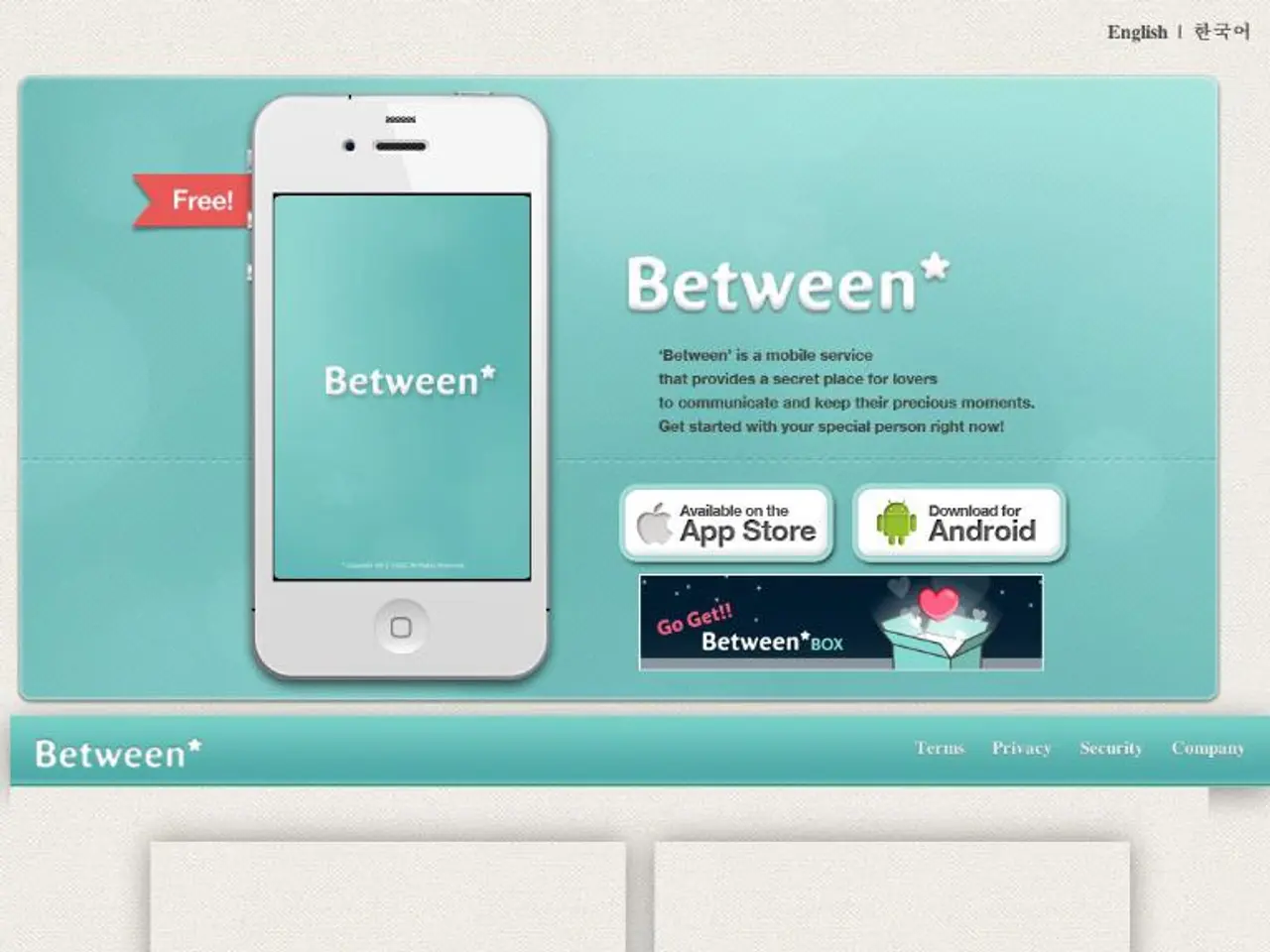"Guide for Manipulating Digital Entities in the Metaverse Realm"
The Metaverse, a collective virtual shared space, is rapidly expanding, offering users the opportunity to immerse themselves in a digital world where they can buy, sell, and interact with various virtual objects. This article provides an overview of how to engage with these objects and the types available.
Decentraland and Cryptovoxels are two examples of virtual worlds built on different blockchains – Ethereum and Bitcoin, respectively. In these virtual realms, users can create and explore 3D worlds, buy and sell virtual assets, and even establish businesses.
Interacting with virtual objects in the Metaverse primarily involves the use of Virtual Reality (VR) technology. VR headsets allow users to perceive and interact with virtual environments as if they were real. Users can walk, look around, and manipulate objects using hand gestures or controllers.
Avatars, virtual representations of users, can also be customized to reflect individuality. These avatars can perform actions, such as moving, interacting with environments, and manipulating objects. Users can control their avatars using controllers or gestures, depending on the platform.
Users can engage in various activities, such as building, playing games, or attending virtual events, all of which involve interacting with virtual objects like buildings, game assets, or event environments.
Virtual assets, including in-game currency, Non-Fungible Tokens (NFTs), and virtual real estate, can be purchased, sold, or traded within virtual economies. Customizable items for avatars, such as clothing, accessories, or other virtual goods, are also available. Game assets, objects specific to games within the Metaverse, such as game tokens, characters, or weapons, are another type of virtual object.
Advanced interactions include object synchronization, allowing multiple users to experience different versions of the same object in real-time, enhancing collaborative and immersive experiences. Users can also dynamically combine or separate objects based on interactions, allowing for flexible and dynamic environments.
The Metaverse offers a wide range of experiences, from social interactions to immersive gameplay. Audio makes it possible to hear people attending virtual events, and experimenting with virtual objects can help users expand their knowledge and understanding of the Metaverse.
Platforms like The Sandbox, Blockchain Cuties, Axie Infinity, Decentral Games, Enjin, and Somnium Space provide various opportunities for users to create, own, and monetize virtual worlds, or to buy and sell digital assets.
Shopping for virtual goods is a popular activity in the Metaverse, and educational activities can be done in the Metaverse virtual spaces. Navigating through the Metaverse is the first step to interacting with virtual objects, and interactions can be done through a game controller, keyboard and mouse, or hand motions.
In conclusion, the Metaverse is an immersive online world where users can conduct business, attend events, shop, and engage in a variety of interactive activities. With the growing number of platforms and objects available, the Metaverse continues to offer exciting opportunities for exploration and interaction.
Technology plays a crucial role in the Metaverse, as Virtual Reality (VR) technology is used to perceive and interact with digital environments. Users can control their avatars and manipulate virtual objects using VR headsets, controllers, or gestures.
Virtual objects, such as in-game currency, Non-Fungible Tokens (NFTs), virtual real estate, avatar customizable items, game assets, and audio elements, can be purchased, sold, or traded within the Metaverse's virtual economies. Advanced interactions like object synchronization and dynamic combinations further enhance collaborative and immersive experiences in this virtual shared space.




